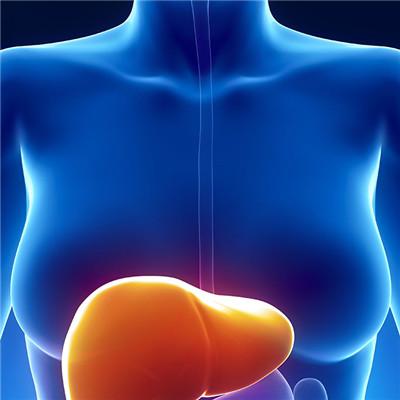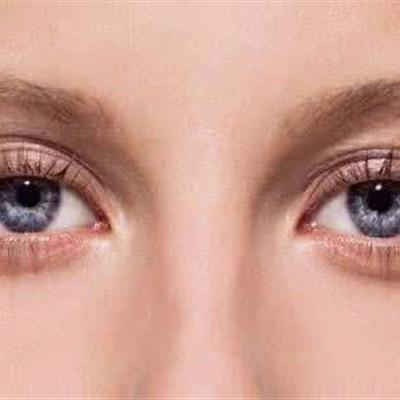Symptoms of pulmonary echinococcosis
summary
At present, there are many cases of biopsy or cytological examination of massive shadows in the lung under the guidance of X-ray or ultrasound. However, it should be noted that cyst puncture should not be performed for suspected hydatid cysts, so as not to cause cyst fluid overflow, allergic reaction or hydatid disease dissemination and other serious complications. So what are the symptoms of pulmonary echinococcosis? Let's talk about it.
Symptoms of pulmonary echinococcosis
First, it is not difficult to diagnose most of the pulmonary echinococcosis without concurrent infection, mainly based on the following facts: 1. Living in the epidemic area, having a history of contact with dogs, sheep and other animals. ② The X-ray manifestations of echinococcosis were typical, with single or multiple cysts with sharp edges. ③ Laboratory examination: eosinophils increase, usually around 5% ~ 10%, even as high as 20% ~ 30%, directly 0.15 ~ 0.3) × 109/L。 Sometimes, fragments of cyst and cyst, scolex or hook can be found in the cough or pleural fluid. ④ Other diagnostic methods include intradermal test (Casoni test), complement binding test and indirect hemagglutination test.
Second, the pathological changes of pulmonary echinococcosis are mainly caused by the mechanical compression of the huge cyst on the lung, which makes the surrounding lung tissue atrophy, fibrosis, congestion and inflammation 5 cm cysts can make the bronchus shift, narrow the lumen, or make the bronchus cartilage necrosis, and then break into the bronchus.
Third: superficial pulmonary hydatid cysts can cause reactive pleurisy, huge cysts may break into the chest, a large number of scolex, forming many secondary hydatid cysts. The cysts located in the center occasionally erode and pierce the great vessels, causing massive hemorrhage and hemorrhage. A few hydatid cysts have calcification. If the cyst breaks into bronchioles and air enters between the inner and outer cysts, a variety of X-ray signs may be formed. The ruptured hydatid cyst of the liver may be connected with the thorax, lung and bronchus, forming a pulmonary hydatid cyst bile duct bronchus fistula.
matters needing attention
Most patients have no obvious positive signs, larger cysts can cause mediastinal displacement, and thoracic deformity may occur in children. The affected side percussion dullness, weak breathing, pleurisy or empyema have corresponding signs.












